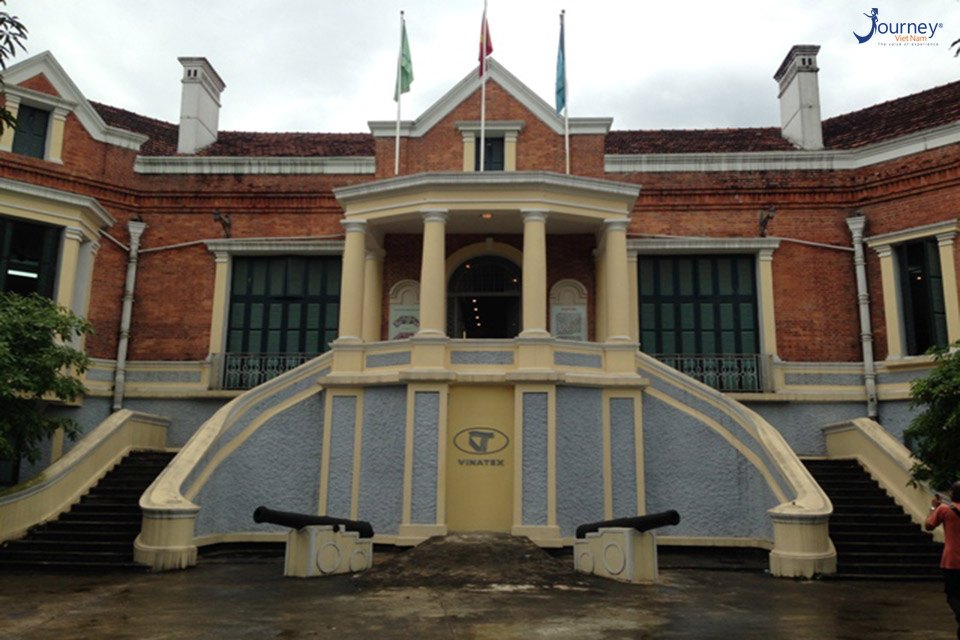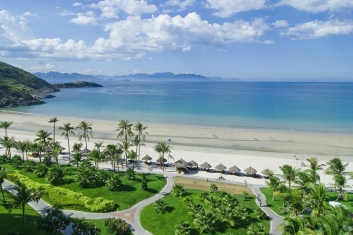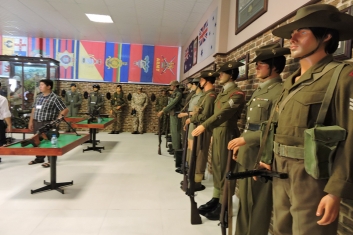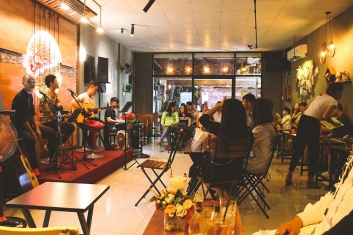![]() Vietnam Travel Guide
Vietnam Travel Guide
Vietnam Textile Museum In Nam Dinh
Nam Dinh is one of the best destination in Vietnam for tourists who would like to search the Vietnam history. If you find the Vietnam Tourist Information, you will find that the Vietnam Textile Museum is an ideal place to understand more the golden history of Vietnamese. Vietnam Textile Museum is located at 5 Hoang Hoa Tham street, Nam Dinh city, on the foundation of the traditional house of Nam Dinh Textile and Garment Corporation. This is one of the cradles of the textile industry with the tradition of fighting, labor production and also the place where the priceless remembrance of officials and employees of the Vietnam Textile and Garment are saved.

A place preserves the memories of a 100-years-old factory
Over the past 100 years, Nam Dinh Textile Factory has been the symbol of the textile industry of Vietnam, the pride of Nam Dinh people. Prior to the integration trend, the textile factory had to relocate to another location, causing many people to feel pity.
Nam Dinh is a place associated with traditional weaving. Nam Dinh Textile Factory was the largest scale in Indochina at that time, a silk research institute founded by Indochinese Governor-General in 1889, with the number of workers at peak of 6,000.
During the resistance war against the United States, where this was one of the goals of the US Air Force, at that time workers in the textile industry together with the people in the country have both produced and fought, shoot down many planes and catching many American pilots, so this place is also known as “Heroic Textile City”.
Here, there is the aircraft of the American enemy shot down by the people of factory Nam Dinh Textile Combination on July 22, 1972.
In the 1960s, the textile and garment industry made important contributions to the economic development of the North. That is also the reason why the weavers of the Nam Dinh Textile Factory appeared with beautiful images on the money sheet VND 2,000 which is very familiar to the Vietnamese people.
Over 13 years, the relocation of the factory has been carried out synchronously and scientifically. On the old ground of the textile factory, many works associated with the memory of Nam Dinh Textile has been retained.
Where to mark the memories
The relocation of production sites away from residential areas is appropriate for the current living environment, but the demolition of an ancient structure of over a hundred years, which witnessed the maturation of generations of people at Nam Dinh, makes many people feel regret when remembering the most glorious golden land of Indochina.
However, on the foundation of this factory, Vietnam Textile Museum was built to mark the golden past. All the cultural relics such as the campus of the tree – where occurred the struggle movement of factory workers, the old villas are preserved and embellished; The traditional house where President Ho Chi Minh visited three times was invested by the Textile Group more than 50 billion to upgrade into the Museum.
The campus also expanded to build a memorial house to store old pieces of machinery and pieces of equipment, images of labor and fighting of factory workers and Nam Dinh people and to serve visitors of Vietnam package Tours.
Textile Museum has a total area of 1.2 hectares. The main exhibition hall was renovated, built in ancient French architecture, with many rooms, each with its own display theme, exhibiting the harmony between tradition and modernity reflecting the development of the Nam Dinh Textile and Garment Industry in particular and the Vietnam Textile and Garment Industry in general through the periods with heroic spirit in the struggle for national defense and the achievements in the Renovation period. In particular, the Museum also displayed precious objects about President Ho Chi Minh after the visit to work at the Nam Dinh Textile Factory.
The whole system of gardens, greenery, and monuments of the Museum is planned and shown in a suitable way to ensure the use for tourism as well as the combination of art requirements with the goal of maximum conservation the existing landscapes.
Copyright © 2016 Journey Vietnam.









